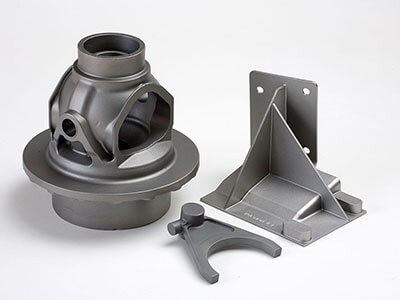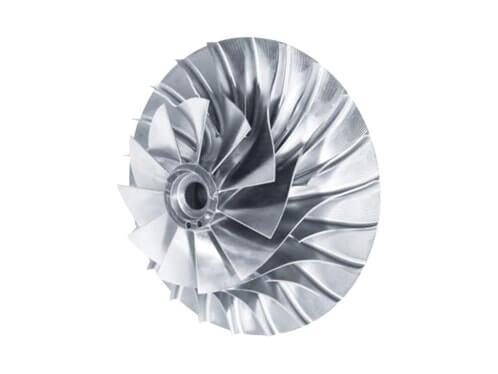The water tap casting process involves using precision casting techniques to create durable and long-lasting taps, faucets, and valves. The most commonly used method for producing water taps is investment casting, also known as precision casting or lost-wax casting. This process allows for the production of high-quality water taps as it enables the creation of complex shapes and precise dimensions. In investment casting, the shape of the water tap is first modeled using wax, which is then coated in a ceramic shell and heated to melt away the wax and leave behind a cavity. Molten casting metal, such as brass, is then poured into the cavity to create the final form of the water tap. This method is suitable for producing high-quality water taps as it allows for the creation of intricate and complex designs, with high precision and high-quality surface finishes that can meet the demands of high-end consumers.
In this article, we will explore the water tap casting process, its advantages, applications, and design considerations, as well as its benefits compared to other manufacturing processes.
What is Water Tap Casting?
The following are the steps involved in the water tap investment casting process:
- Mold Preparation: A wax model of the water tap is created by injecting molten wax into a mold. The mold is usually made of silicone or metal and is shaped in the form of the desired product.
- Wax Assembly: The individual wax pieces are assembled to create a complete wax model of the water tap. This step involves attaching different wax pieces together using a heated tool.
- Shell Building: The wax model is then coated with a ceramic shell to create a mold. The ceramic shell is built up layer by layer until it is thick enough to withstand the heat of the molten metal.
- Dewaxing: The ceramic shell mold is then heated to remove the wax from inside the mold, leaving a cavity that will be filled with molten metal.
- Pouring: Molten metal, such as brass, bronze, or stainless steel, is poured into the ceramic shell mold through a sprue, which allows the metal to flow into the cavity.
- Cooling: The molten metal is allowed to cool and solidify in the mold.
- Shell Removal: Once the metal has cooled and solidified, the ceramic shell is removed to reveal the final water tap product.
- Finishing: The water tap product is cleaned, polished, and finished to remove any rough edges and to enhance its appearance.
Materials
There are several materials that can be used in water tap casting, including brass, bronze, and stainless steel. Here is a comparison table of the properties of stainless steel, brass, and bronze as materials for water taps:
| Material | Corrosion Resistance | Thermal Conductivity | Strength and Durability | Machinability | Resistance to Fatigue |
|---|---|---|---|---|---|
| Stainless Steel | Excellent | Moderate | Excellent | Good | Excellent |
| Brass | Good | Excellent | High | Excellent | Moderate |
| Bronze | Excellent | Poor | High | Moderate | Excellent |
Stainless steel and bronze are both excellent choices for resisting corrosion and fatigue, while brass is a good option for high thermal conductivity and excellent machinability.
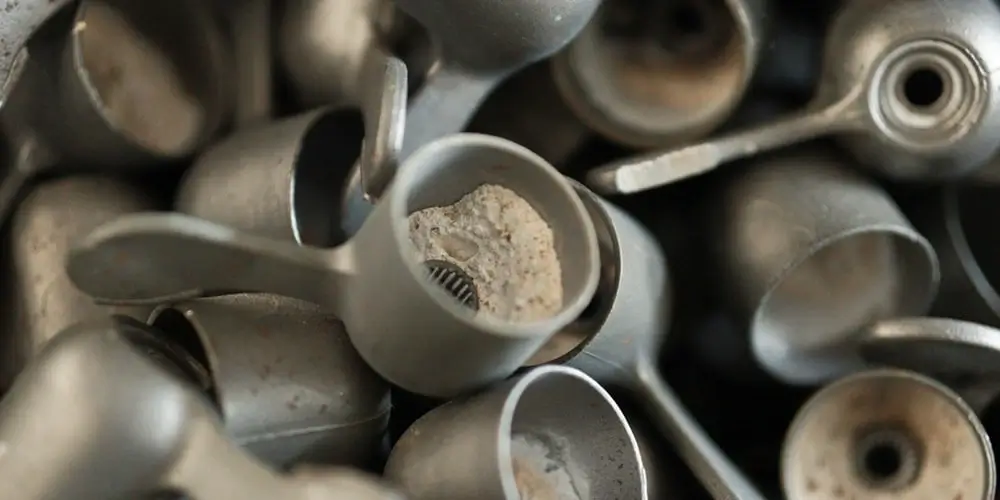
Advantages of Investment Casting for Water Taps
Investment casting offers several benefits for manufacturing water taps, including the ability to create complex shapes, high precision and accuracy, cost-effectiveness, and excellent durability and strength:
- Ability to create complex shapes: Investment casting allows for the creation of complex and intricate shapes that are difficult or impossible to achieve through other manufacturing methods. This is because investment casting uses a wax mold that can be easily molded and manipulated into intricate shapes, allowing for more creative and innovative designs. Water tap designs can include curved, contoured, and intricate details.
- High level of precision and accuracy: It is a precise manufacturing process that allows for the creation of water taps with accurate dimensions and tight tolerances. This precision ensures that the water tap components fit together properly and function as intended, which reduces wear and tear over time.
- Cost-effectiveness: It can be a cost-effective method, especially for high-volume production runs. This is because the initial tooling costs for investment casting are lower compared to other manufacturing methods, such as die casting. Additionally, investment casting can reduce material waste by allowing for more precise and accurate molds, resulting in less material waste and lower production costs.
- Durability and strength: Investment casting produces water taps with excellent durability and strength, making them suitable for use in a variety of applications. The resulting castings have a high-quality surface finish that can withstand wear and tear, and the metal used in investment casting can be selected based on the specific requirements of the water tap, such as corrosion resistance, strength, or thermal conductivity.
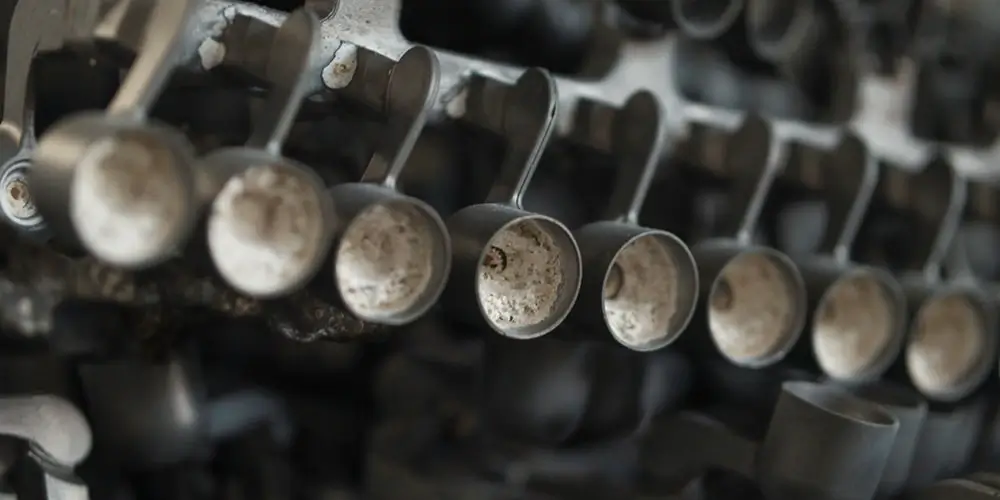
These advantages make investment casting a popular choice for producing high-quality and innovative water taps that meet the demands of the market.
Water Tap Applications and Design Considerations
Here are some of the different water tap designs that can be created through investment casting:
- Single-handle water taps: Single-handle water taps are a popular design option that allows users to easily adjust the water temperature and flow with one hand. Investment casting allows for the creation of sleek and ergonomic single-handle designs that are both functional and visually appealing.
- Double-handle water taps: Double-handle water taps feature two separate handles, one for hot water and one for cold water. This classic design is still popular in many homes and can be created through investment casting with precision and accuracy.
- Touchless water taps: Touchless water taps are a modern design option that are becoming increasingly popular in public spaces and commercial settings. These water taps use sensors to detect the presence of a user’s hands and automatically turn on the water flow. Investment casting allows for the creation of touchless water taps with intricate sensor mechanisms and sleek, modern designs.
- Other design options: Investment casting also allows for the creation of other water tap designs, such as wall-mounted water taps, deck-mounted water taps, and waterfall-style water taps. These designs can be created with precision and accuracy, resulting in high-quality water taps that meet the demands of the market.
Elements to Consider When Design A Water Tap
When designing water taps through investment casting, there are several key design considerations to keep in mind. Here is an overview of the main design considerations for water taps:
- Water flow: One of the most important design considerations for water taps is the flow rate and pattern of the water. The water flow should be optimized to meet the needs of the user, balancing the flow rate with the ability to conserve water. The water flow should also be smooth and consistent, without splashing or uneven pressure.
- Durability: Water taps are exposed to a range of harsh conditions, such as high temperatures, corrosive substances, and regular wear and tear. As such, durability is an essential design consideration for water taps. This can be achieved through the selection of appropriate materials and the use of robust and reliable components.
- Aesthetics: Water taps are also an important design element in the overall aesthetics of a space, whether it be a kitchen, bathroom, or public space. The design of the water tap should be visually appealing, with clean lines, attractive finishes, and a design that complements the overall style of the space.
- Functionality: Water taps should be designed with the user in mind, ensuring that they are easy to use, intuitive, and functional. This includes considerations such as handle design, control mechanisms, and ease of maintenance.
Investment Casting vs. Other Manufacturing Processes
Apart from investment casting, water taps can be manufactured using some other manufacturing methods, including machining, injection molding, and die casting. Each method has its advantages and limitations, and the choice of manufacturing process depends on the desired production volume, product design complexity, and cost considerations. Here are some of the other common manufacturing types:
- Machining is a subtractive manufacturing process in which the water tap is created by removing material from a solid block of metal. This method is suitable for producing simple shapes and is often used for low-volume production. The advantages of machining include lower tooling costs and shorter lead times. However, for mass production of water tap products, other manufacturing processes such as investment casting or plastic injection molding may be more suitable due to their ability to produce larger quantities at a lower cost.
- Injection molding is a manufacturing process used to create water taps with plastic materials. The process involves injecting molten plastic into a mold to create a specific shape. Injection molding is suitable for producing large volumes of water taps quickly and efficiently. However, it is less suitable for producing metal water taps or for creating complex shapes.
- Die casting is a manufacturing process used to create water taps by injecting molten metal into a mold, usually with aluminum. This process is suitable for producing high-quality water taps with complex shapes and precise dimensions. Die casting is often used for high-volume production due to its high efficiency and accuracy. However, it has higher tooling costs and longer lead times compared to other methods.
| Manufacturing Process | Advantages | Suitable Materials |
|---|---|---|
| Investment Casting | – High precision and accuracy
– Complex shapes and intricate design – Smooth surface finish |
Brass, stainless steel, bronze |
| Machining | – Lower tooling costs
– Shorter lead times- Suitable for simple shapes |
Brass, aluminum |
| Injection Molding | – High-volume production
– Quick and efficient – Suitable for plastic water taps |
Plastic |
| Die Casting | – High efficiency and accuracy
– Suitable for metal water taps – Complex shapes and precise dimensions |
Aluminum, brass, bronze |
In conclusion, investment casting is suitable for producing high-quality water taps with complex shapes and precise dimensions, while machining is more suitable for low-volume production of simple inner shapes. Injection molding is ideal for high-volume production of plastic water taps, while die casting is preferred for producing metal water taps at a high efficiency and accuracy. It should be noted that the material used in each manufacturing process can also affect the suitability of the process. For example, investment casting is often used with brass and stainless steel, while die casting is typically used with aluminum. Therefore, it is recommended to consult with a manufacturing expert to determine the most suitable manufacturing process and material for the desired water tap design and production volume.
Other Plumbing Fixtures

Besides taps, and faucets, investment precision casting can also be used to manufacture a wide range of other plumbing fixtures, such as valves, pipe fittings, pumps, and drains.
- Pipe Fittings: Investment precision casting can produce various pipe fittings such as elbows, tees, couplings, and reducers. These components are used to connect pipes of different sizes and angles, providing a leak-free and secure connection.
- Pumps: Investment precision casting can create various types of pumps such as centrifugal pumps, positive displacement pumps, and diaphragm pumps. Pumps are an essential component of many plumbing systems, and investment casting allows for the creation of complex and durable pump components that can withstand high pressure and temperature conditions.
- Drains: Investment precision casting can be used to manufacture a wide range of drains such as shower drains, floor drains, and sink drains. These components are essential for efficient drainage of water and other liquids in plumbing systems.
- Valves: Investment precision casting can produce different types of valves such as gate valves, ball valves, and check valves. These components control the flow of fluids in plumbing systems, and investment casting allows for the creation of precise and durable valve components that can withstand high pressure and temperature conditions.
Choosing the Right Water Tap Casting Partner
As a stainless steel foundry, we understand the importance of choosing the right casting partner for your water tap manufacturing project. Our expertise in precision investment casting, coupled with our commitment to quality control and cost-effectiveness, makes us an excellent choice for your water tap casting needs.
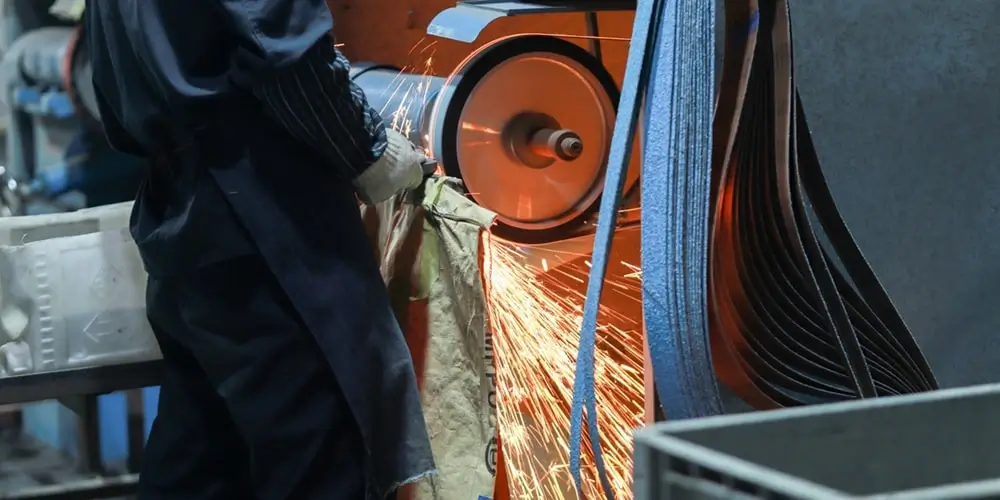
In addition to water taps, we also specialize in casting a wide range of stainless steel products, including pipes, fittings, and valves. Our commitment to quality and customer satisfaction has earned us a reputation as a trusted partner for stainless steel casting projects.
We invite you to explore the advantages of working with our stainless steel foundry and experience the benefits of our expertise, quality control, and cost-effectiveness. Contact us today to discuss your water tap casting project and learn how we can help you achieve your manufacturing goals.
